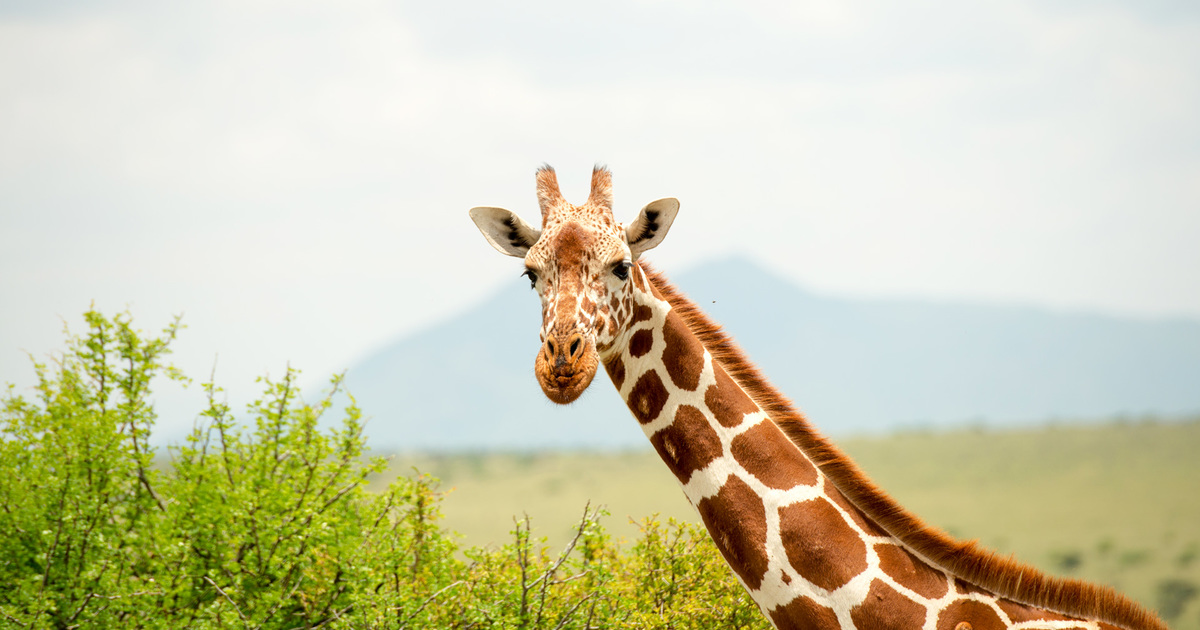
In late September 2023, during a routine patrol along the borders of the Olgulului Ololarashi Group Ranch (OOGR) in Amboseli, Kenya, IFAW-supported community wildlife rangers discovered 12 Masai giraffes lying helpless in the sweltering Amboseli heat. They were dying of thirst.
Trapped by fences along with antelopes and other small ungulates within an expansive private farm which straddles the Tanzanian border and the OOGR, the giraffes had been unable to reach a water source for some time. By the time the rangers arrived on the scene, 15 other giraffes had already perished.
‘Amboseli is a water-scarce area,’ Evan Mkala, IFAW’s East Africa programme manager explained. ‘During the drought, giraffes venture into new territories in search of food and water. Upon getting inside the fenced land, they found themselves with no water and no exit routes. This is what spelled doom for them.’
Quenching their thirst was no simple task
Providing water to giraffes, which easily drink 40 litres daily and require much more on a hot day, is a tall order. The rangers first contacted the Kenya Wildlife Service (KWS) and the farm owner to ensure a water delivery could be made to save these 12 dying animals. They made use of the IFAW mobile water truck, which serves the park, to facilitate the water delivery. However, with the soil moisture extremely low because of the prolonged drought, it was a drop in the ocean; most of the water got absorbed into the dry earth. So, the rangers negotiated with various stakeholders to provide 10 more truckloads to saturate the soil and ensure the giraffes received sufficient water.
‘That is how the giraffes managed to quench their thirst,’ said Patrick Sayialel, deputy director of the Olgulului Community Wildlife Rangers (OCWR). ‘Later, they were able to stand up and slowly start to move around.’
